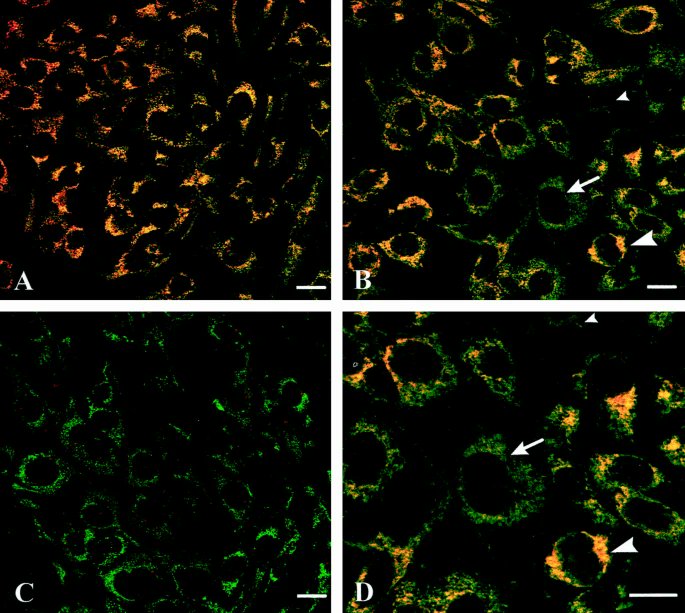BAD NEWS 🥵
➡️ SARS-CoV-2 infection DAMAGES CELLS
➡️ DAMAGED CELLS RELEASE CELL-FREE DNA (cfDNA)
➡️ HIGH LEVELS of cfDNA have severe HARMFUL EFFECTS, as inflammation, organ damage, blood clot formation, immune dysregulation...
nature.com/articles/s4159…

➡️ SARS-CoV-2 infection DAMAGES CELLS
➡️ DAMAGED CELLS RELEASE CELL-FREE DNA (cfDNA)
➡️ HIGH LEVELS of cfDNA have severe HARMFUL EFFECTS, as inflammation, organ damage, blood clot formation, immune dysregulation...
nature.com/articles/s4159…

2) Before to summarize shortly this study, some explanations:
When cells are injured or die, they can release genetic material as cell-free DNA (cfDNA), including cell-free nuclear DNA (cf-nDNA) and cell-free mitochondrial DNA (cf-mtDNA) into the bloodstream.
When cells are injured or die, they can release genetic material as cell-free DNA (cfDNA), including cell-free nuclear DNA (cf-nDNA) and cell-free mitochondrial DNA (cf-mtDNA) into the bloodstream.

3) These cf-nDNA found in severe COVID-19 patients have several harmful effects on the body:
- Inflammation: When cf-nDNA is released into the bloodstream, it can act as a "damage-associated molecular pattern" (DAMP). This means it signals to the immune system ...
- Inflammation: When cf-nDNA is released into the bloodstream, it can act as a "damage-associated molecular pattern" (DAMP). This means it signals to the immune system ...
4) ...that there is cellular damage, triggering an inflammatory response.
- Organ damage: The inflammatory response driven by cf-nDNA can lead to further damage to the lungs and other organs, contributing to multi-organ dysfunction seen in critical COVID-19 cases.
- Organ damage: The inflammatory response driven by cf-nDNA can lead to further damage to the lungs and other organs, contributing to multi-organ dysfunction seen in critical COVID-19 cases.
5) - Coagulation: cf-nDNA has been shown to activate the blood clotting system, leading to an increased risk of blood clots forming. This can impair blood flow and oxygen delivery to tissues.
- Immune dysregulation: High levels of cf-nDNA may disrupt normal immune cell function
- Immune dysregulation: High levels of cf-nDNA may disrupt normal immune cell function
6) ... and signaling, hampering the body's ability to fight the viral infection effectively.
- Respiratory distress: By directly damaging lung cells and tissues, the presence of cf-nDNA can worsen the respiratory symptoms and impair gas exchange in the lungs.
- Respiratory distress: By directly damaging lung cells and tissues, the presence of cf-nDNA can worsen the respiratory symptoms and impair gas exchange in the lungs.
7) In this study, they investigated whether circulating cell-free DNA (cfDNA) levels could serve as biomarkers to indicate the need for oxygen therapy (OT) or mechanical ventilation (MV) in COVID-19 patients. 

8) Compared to patients with moderate COVID-19, those with critical illness had significantly higher cf-nDNA and cf-mtDNA levels.
cfDNA levels outperformed other clinical biomarkers like LDH, D-dimer, and CRP in predicting the need for OT or MV.
Thanks for reading 🙏
cfDNA levels outperformed other clinical biomarkers like LDH, D-dimer, and CRP in predicting the need for OT or MV.
Thanks for reading 🙏

• • •
Missing some Tweet in this thread? You can try to
force a refresh



















